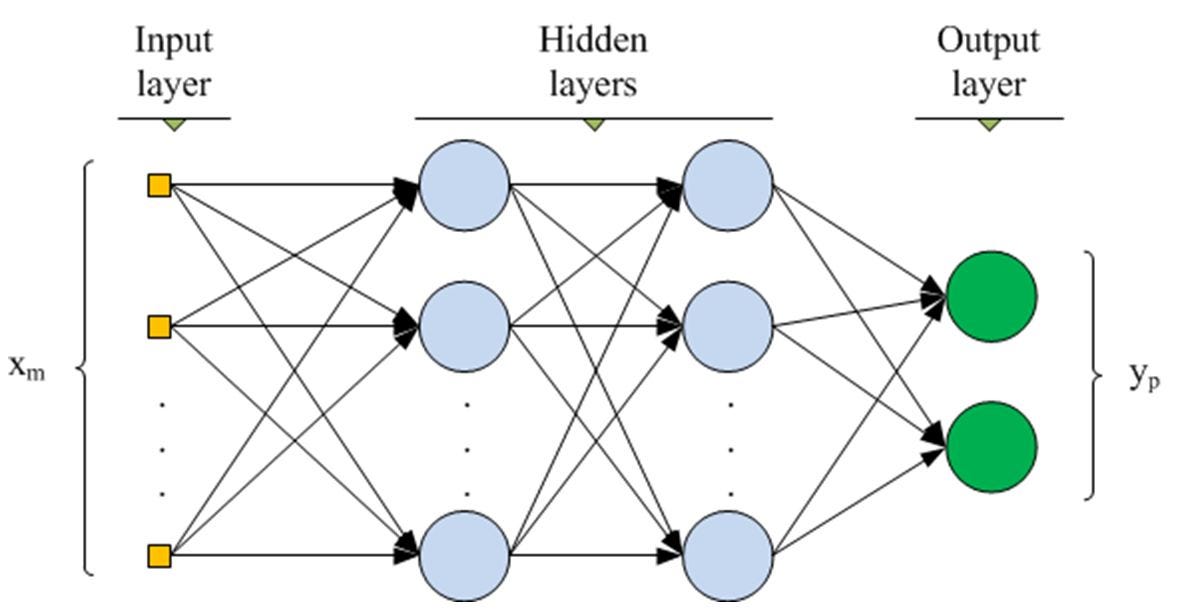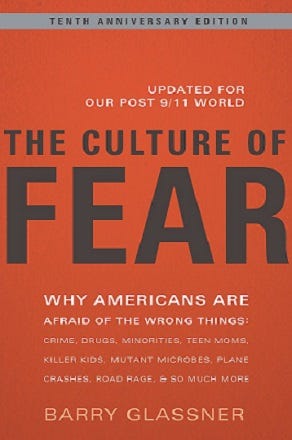Deep Neural Network Classifier

A Scikit-learn compatible Deep Neural Network built with TensorFlow
TensorFlow is a open-source deep learning library with tools for building almost any type of neural network (NN) architecture. Originally developed by the Google Brain team, TensorFlow has democratized deep learning by making it possible for anyone with a personal computer to build their own deep NN, convolutional NN, recurrent NN, that can be applied in a diverse array of fields. Scikit-learn is an open-source machine learning library with implementations for developing and perfecting numerous types of machine learning models. Both libraries feature high-level functionality that make designing models in Python relatively simple, but both libraries also have their limitations: Scikit-learn has no native implementation for neural networks, while Tensorflow has no built-in functionality to efficiently evaluate a wide range of network hyperparameters. We can overcome both these problems by developing a Scikit-learn compatible deep neural network class using TensorFlow. We can then take advantage of Scikit-learn built-in model hyperparameter tuning tools such as GridSearchCV or RandomizedSearchCV to optimize our deep neural network.
All the code is written in Python and available on GitHub on my machine learning projects repository. The main files are dnn_classifier.py, the Python file containing the classifier, and Deep Neural Network Classifier.ipynb, a Jupyter Notebook with the implementations of the neural network. I welcome any criticism/comments and the code will change as I improve it over time. This project was inspired and aided by Hands-On Machine Learning with Scikit-Learn and TensorFlow by Aurelien Geron.



